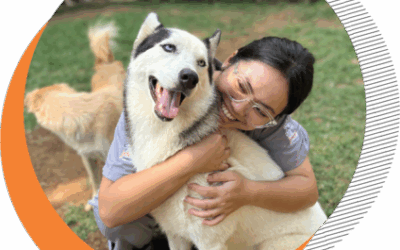
Canine Body Language
While your dog cannot speak as you do, she does relay her feelings and emotions through a series of body postures, gestures and vocalizations. Her body language can be subtle and wide-ranging, but with a little practice you can learn and understand it. Your dog will use her ears, eyes, ears, mouth, tail and general body
movement/postures to communicate to you. She
may also use vocalizations.
Source: Arizona Humane Society
Learning to read your dog’s body language will help keep you, your dog and other people and their dogs safe. It will also allow you to recognize when she is stressed so you can act accordingly to do what you can to make her feel better. Being able to communicate with your dog will strengthen your relationship and bond with her as well.
There are four common groups of canine communication – fearful/anxious, arousal, aggressive and relaxed. Keep in mind that your dog can display body language from more than one group at a time and because all dogs are individuals, there is not a hard and fast rule for interpreting body language.

The important thing to remember is to look at the entire body of your dog – not just one part – and take note of the current context/situation in which the body language occurs.

Source:
Arizona Humane Society, Canine Body Languange. www.azhumane.org. open: 16 Jan 2024
Related Post :





